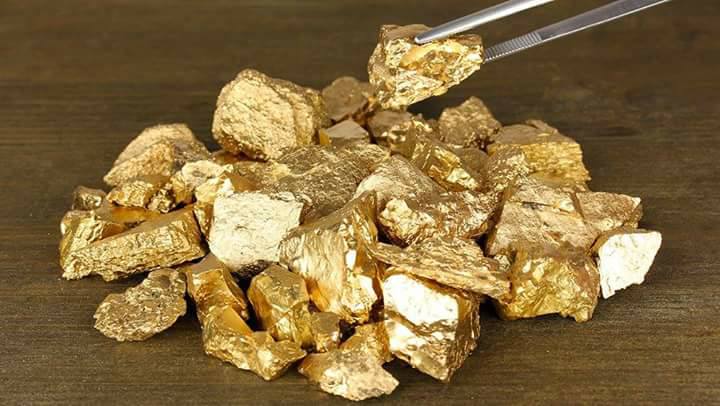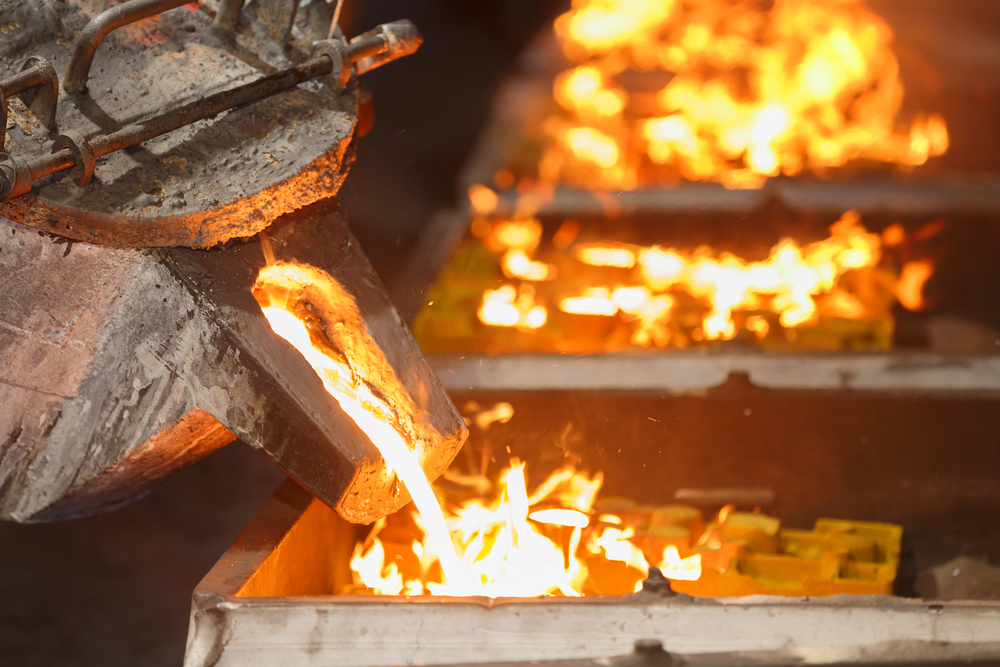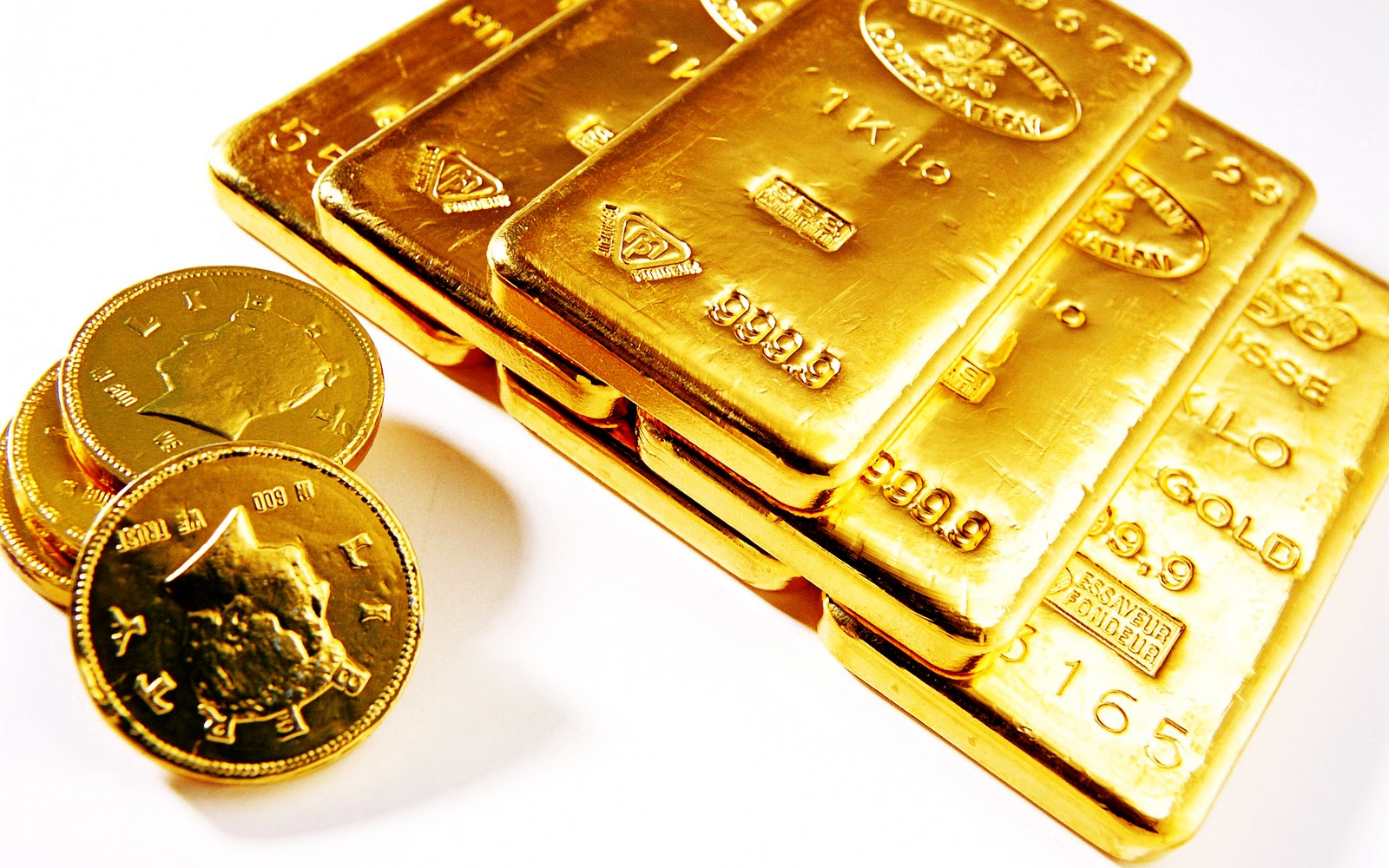Gold is a chemical element with the symbol Au (from Latin: aurum) and atomic number 79. It is a highly sought-after precious metal that has been used for coinage, jewellery, and other arts since the beginning of recorded history.
Gold is also used in medicine, electronics, and aerospace engineering due to its excellent conductivity and resistance to corrosion.
According to the World Gold Council, the global demand for gold in 2020 was 4,633.1 tonnes, with the largest demand coming from jewellery (1,411.6 tonnes), followed by investment (1,299.4 tonnes), and central banks (326.2 tonnes). The largest producers of gold are China, Australia, Russia, and the United States

Dore
Dore gold is a semi-pure alloy of gold and silver. It is usually created at the site of a mine and then transported to a refinery for further purification. The proportions of silver and gold can vary widely, and doré bars can weigh as much as 25 kg. Dore bars are not held to any specific standard and are different from refiner to refiner. Some of these bars can weigh as much as 25kg, and the purity can vary greatly. Dore bars are not considered investment gold, and they could be VAT applicable under UK law, making them far less viable as an investment vehicle

Bullion
Bullion is a term used to describe physical gold and silver that is officially recognized as being at least 99.5% and 99.9% pure and is in the form of bars or ingots. Bullion is often kept as a reserve asset by governments and central banks. To create bullion, gold first must be discovered by mining companies and removed from the earth in the form of gold ore, a combination of gold and mineralized rock. The gold is then extracted from the ore with the use of chemicals or extreme heat. The resulting pure bullion is also called “parted bullion.” Bullion that contains more than one type of metal is called “unparted bullion”.

Refining
Gold extracted by amalgamation or cyanidation contains a variety of impurities, including zinc, copper, silver, and iron. Two methods are commonly employed for purification: the Miller process and the Wohlwill process. The Miller process is based on the fact that virtually all the impurities present in gold combine with gaseous chlorine more readily than gold does at temperatures equal to or greater than the melting point of gold. The impure gold is therefore melted and gaseous chlorine is blown into the resulting liquid. The impurities form chloride compounds that separate into a layer on the surface of the molten gold. The Miller process is rapid and simple, but it produces gold of only about 99.5 per cent purity. The Wohlwill process increases purity to about 99.99 per cent by electrolysis. In this process, a casting of impure gold is lowered into an electrolyte solution of hydrochloric acid and gold chloride. Under the influence of an electric current, the casting functions as a positively charged electrode, or anode. The anode dissolves, and the impurities either pass into the solution or report to the bottom of the electrorefining tank as an insoluble slime. The gold migrates under the influence of the electric field to a negatively charged electrode called the cathode, where it is restored to a highly pure metallic state
Live Gold Price Chart


